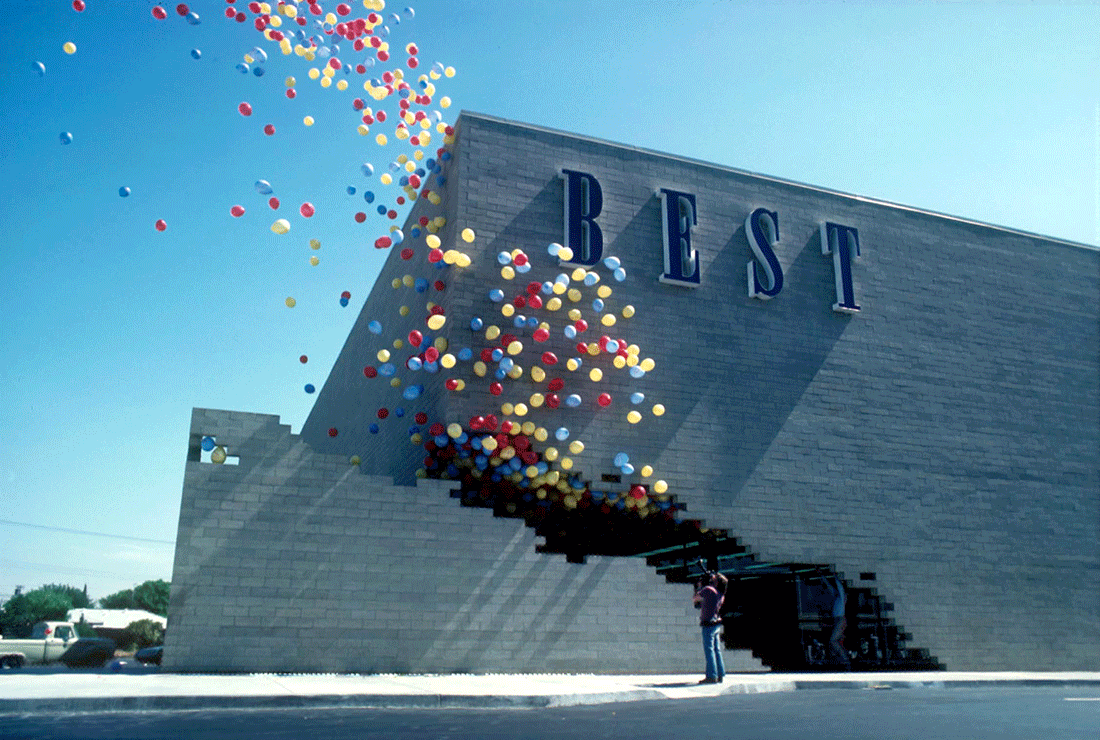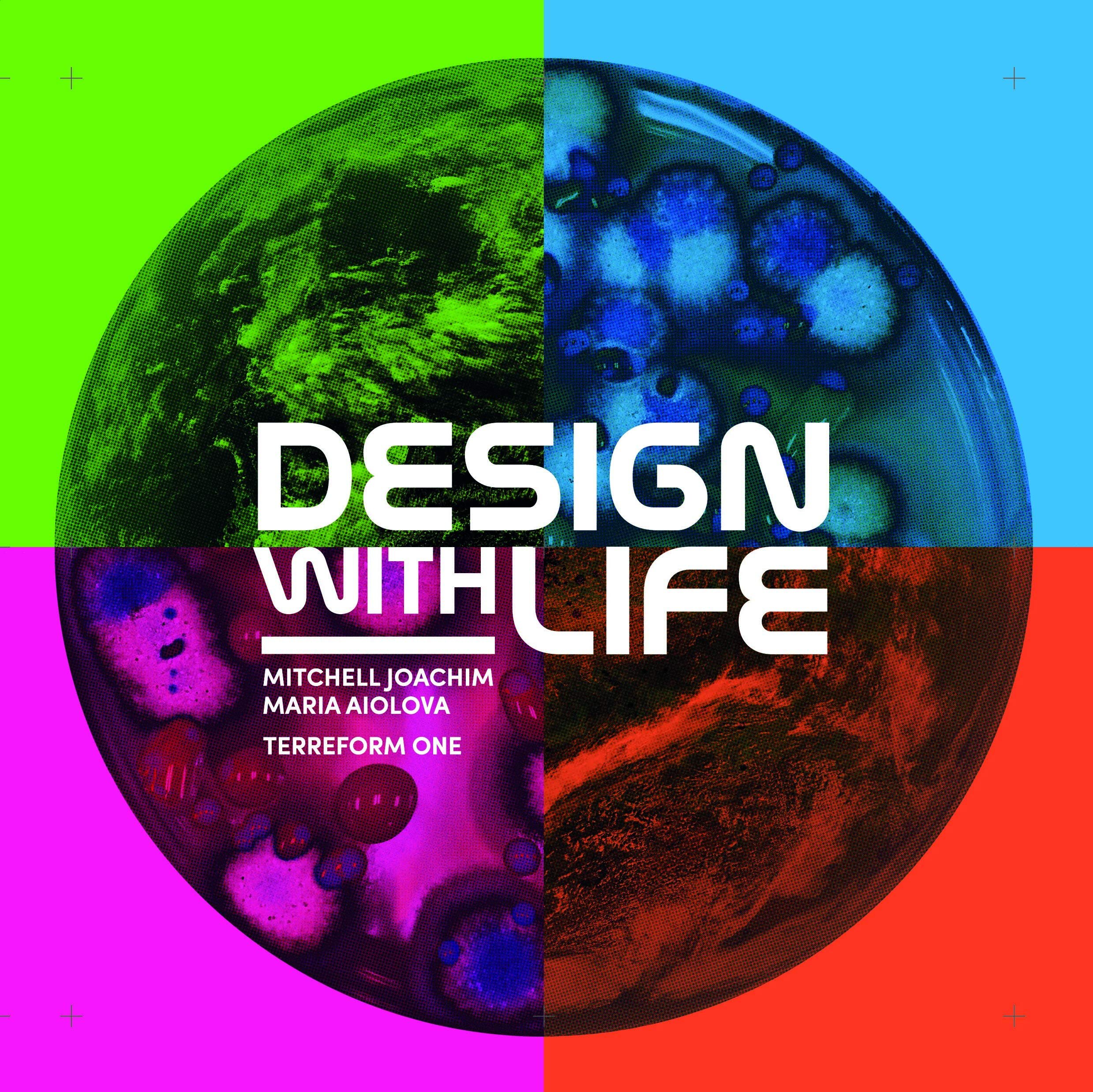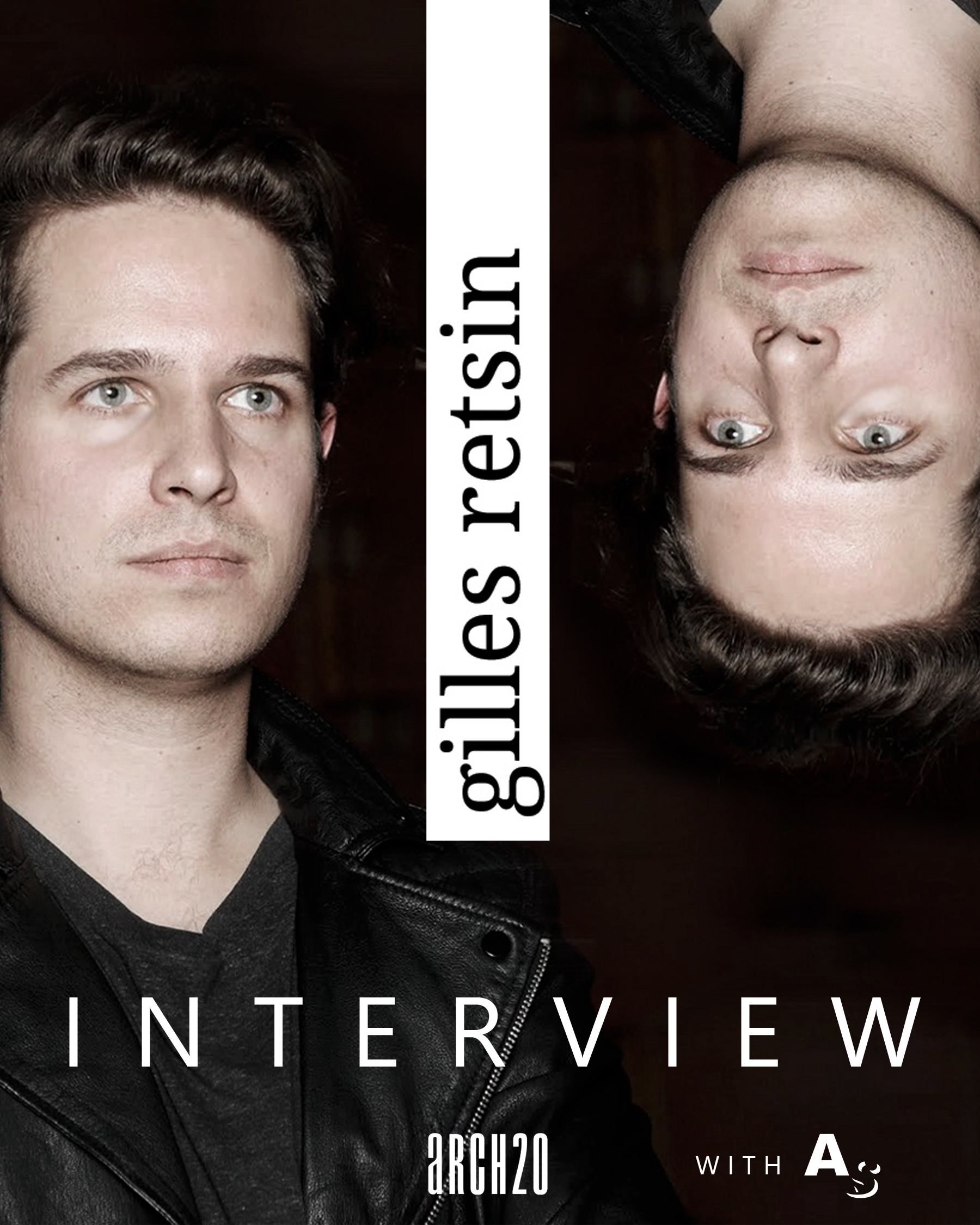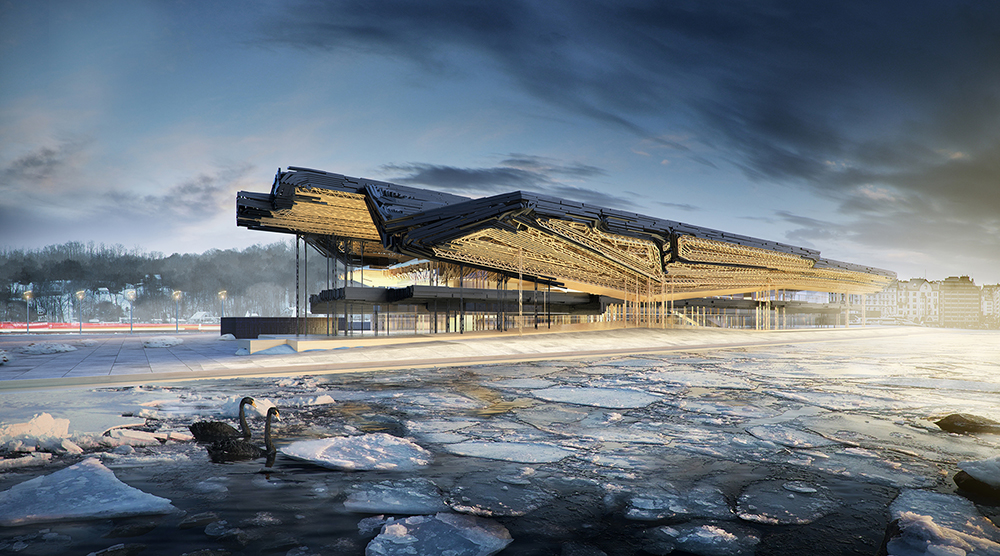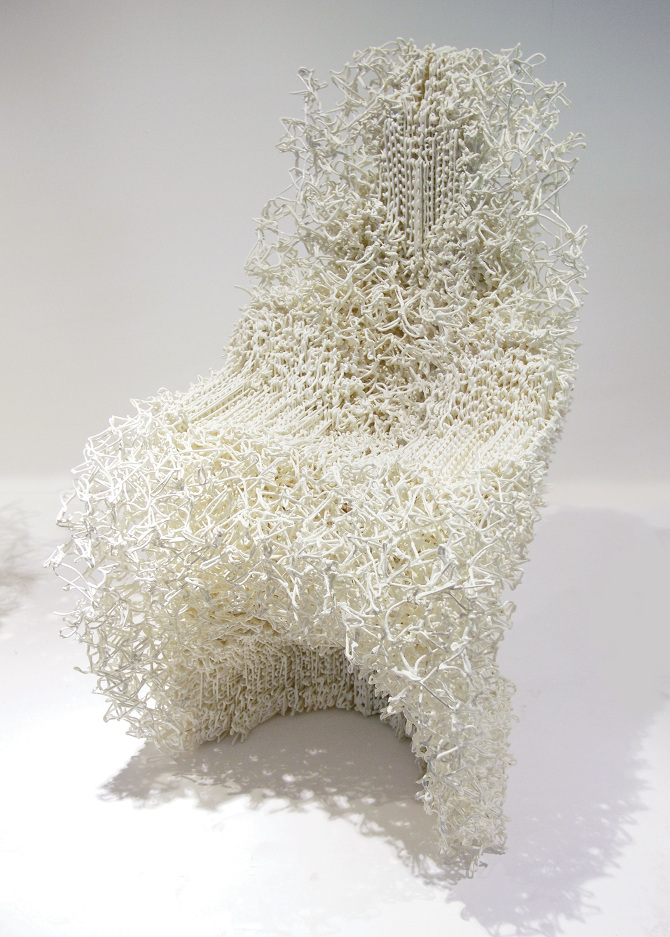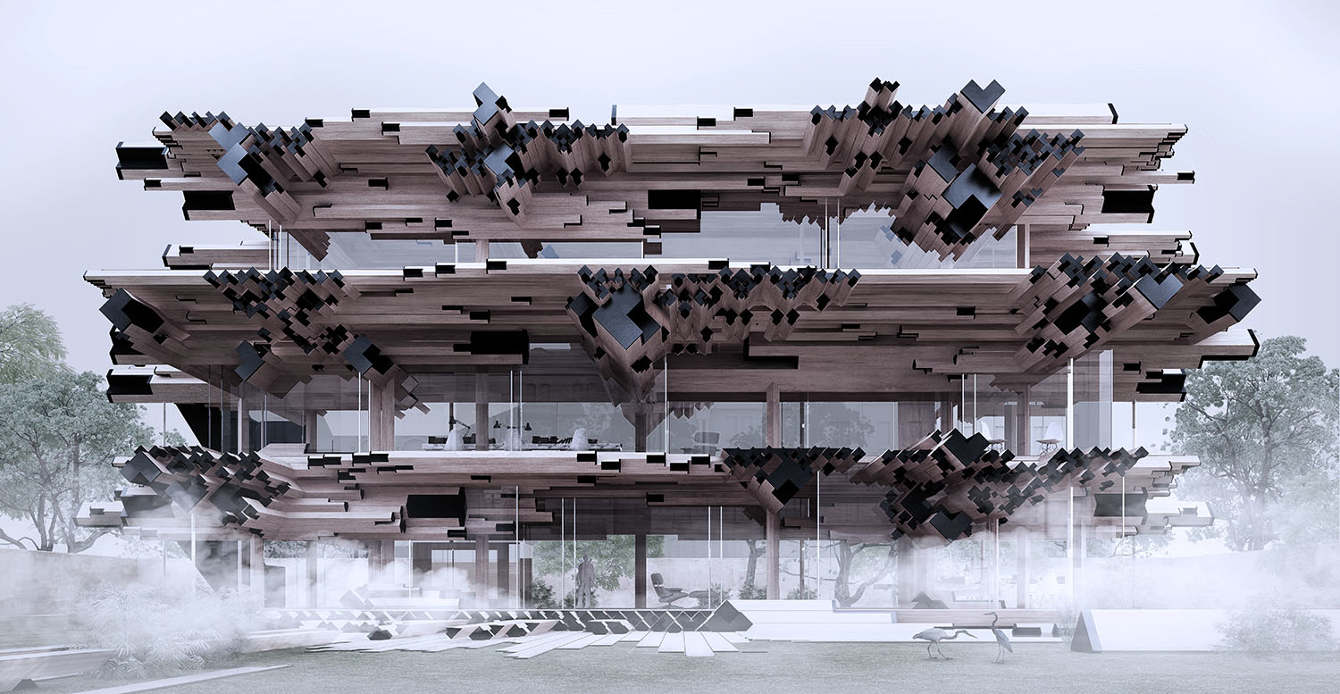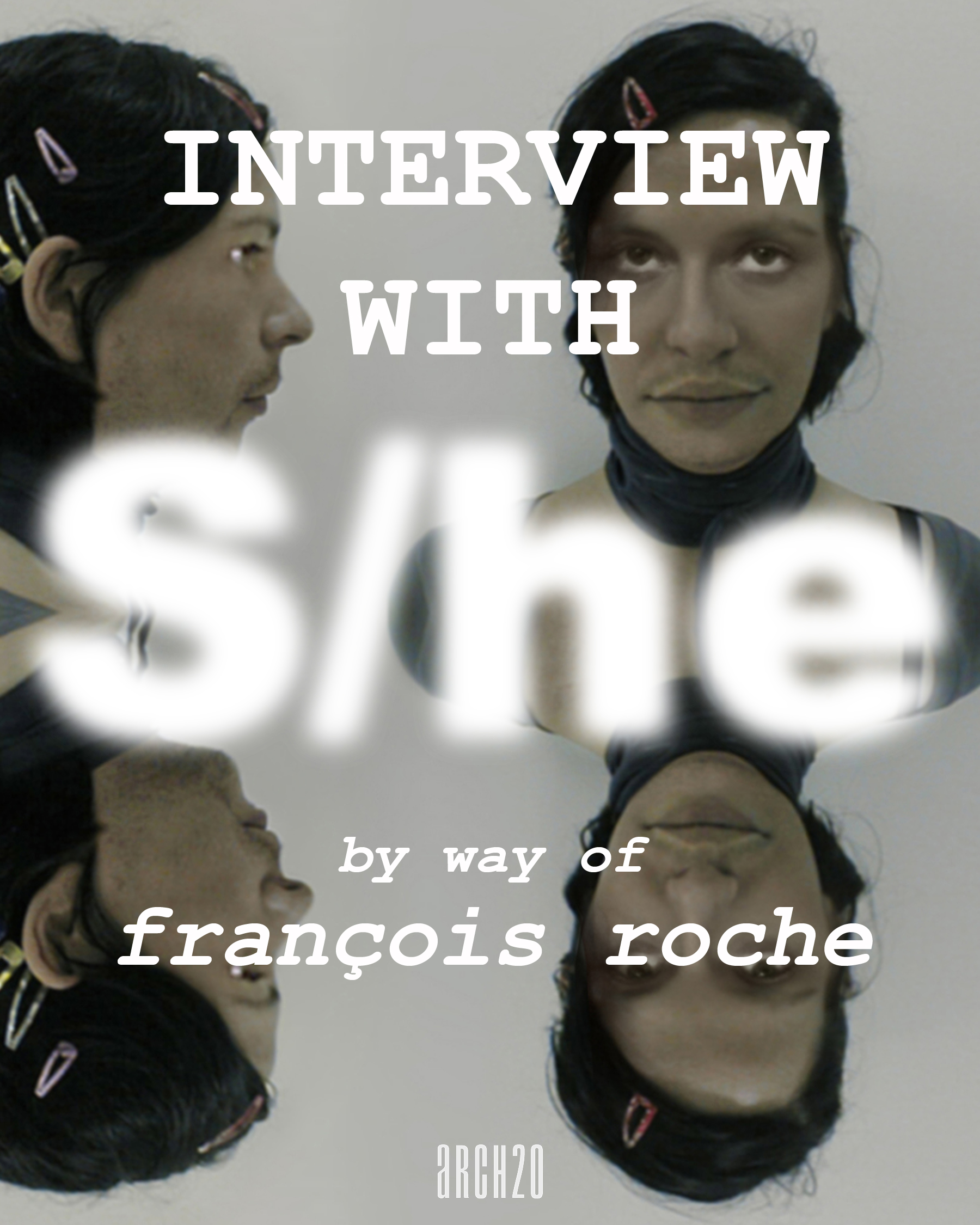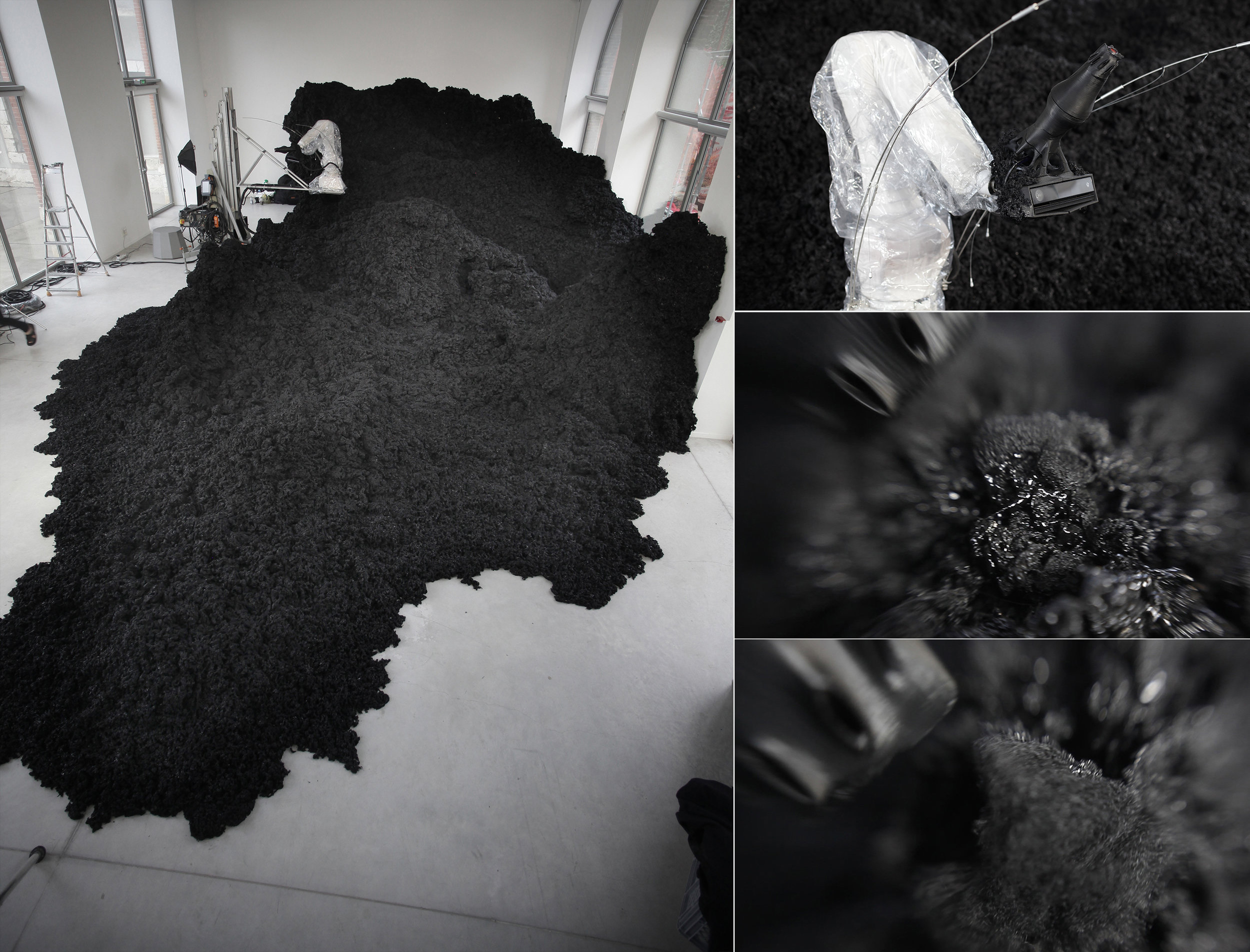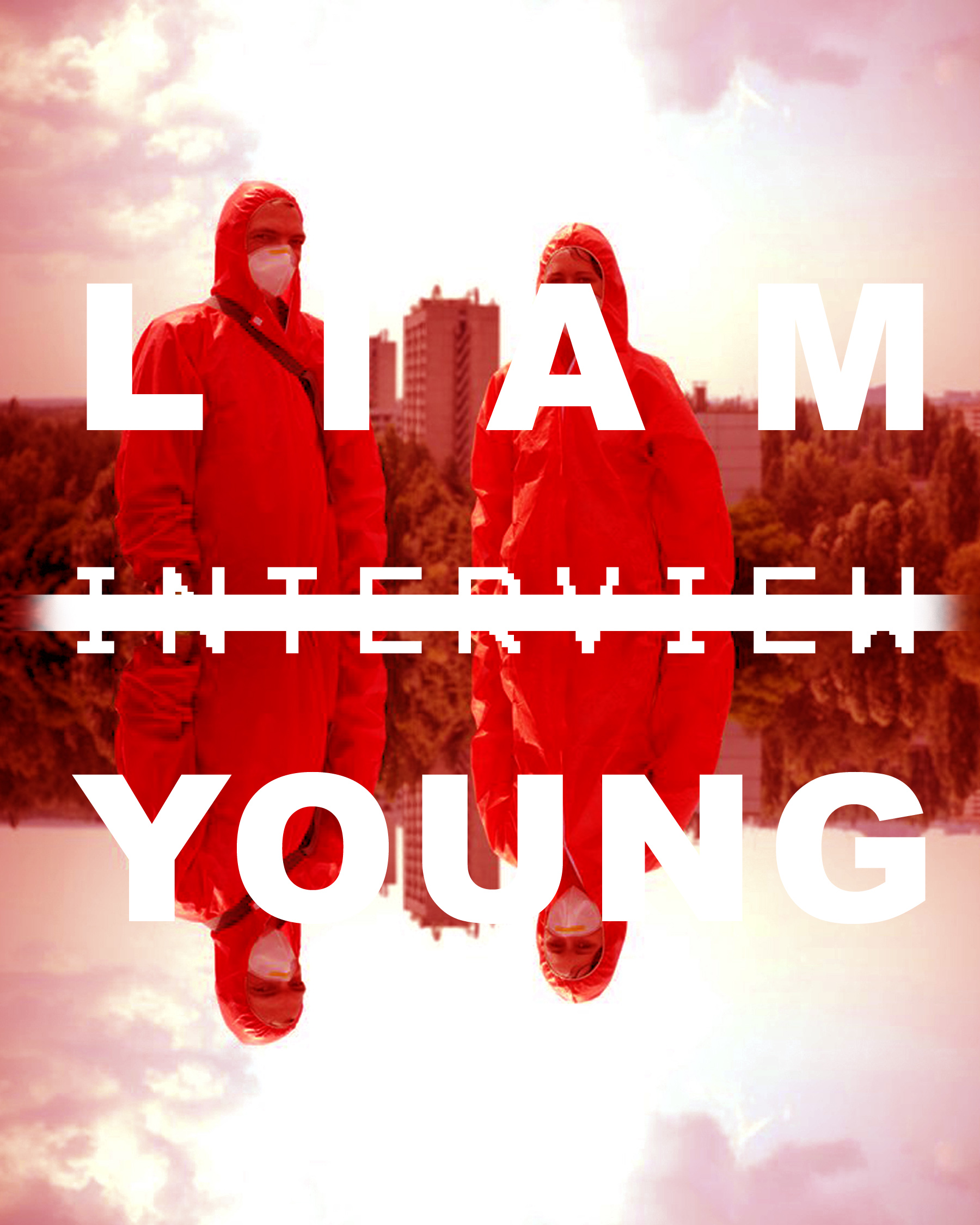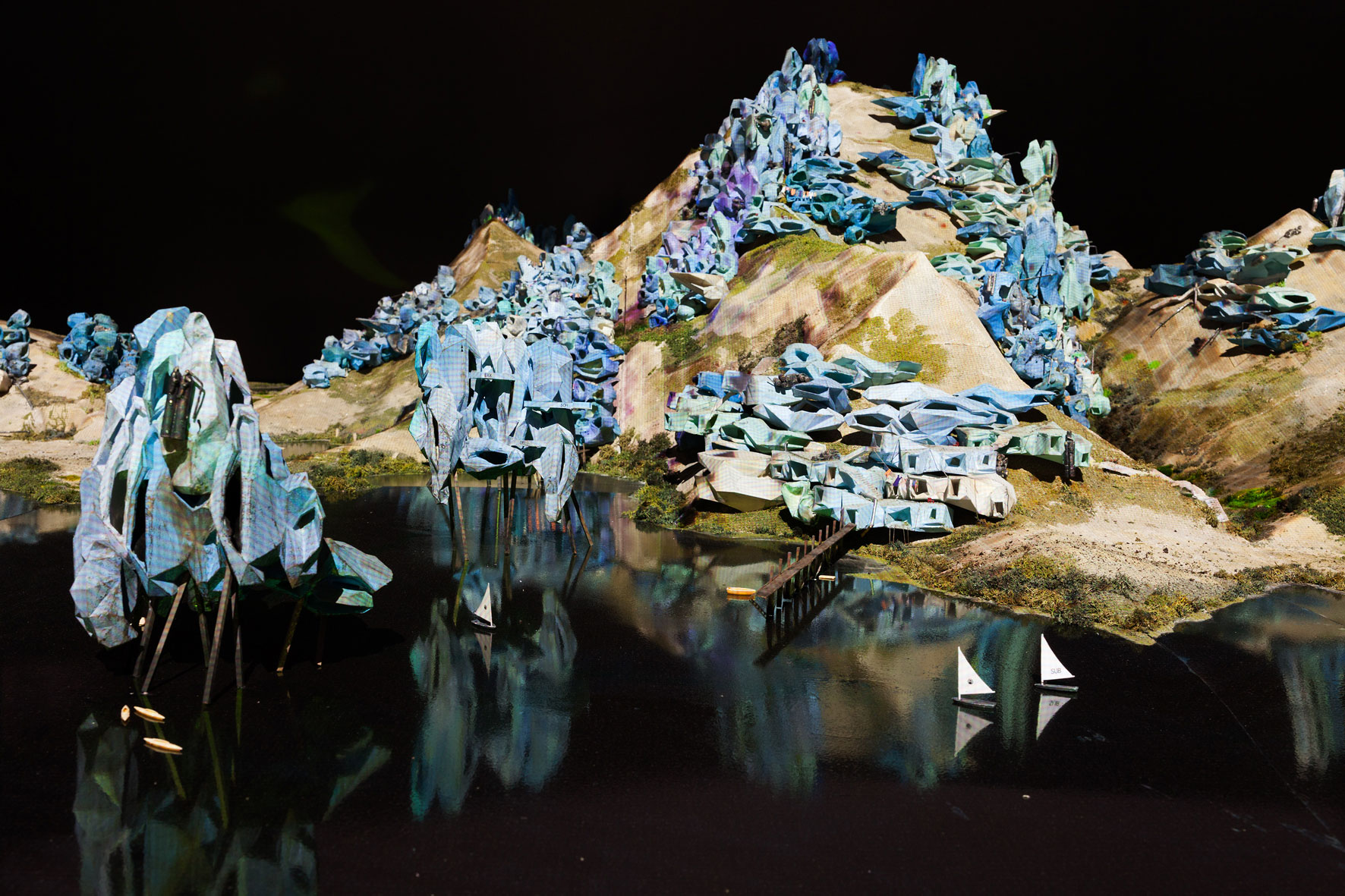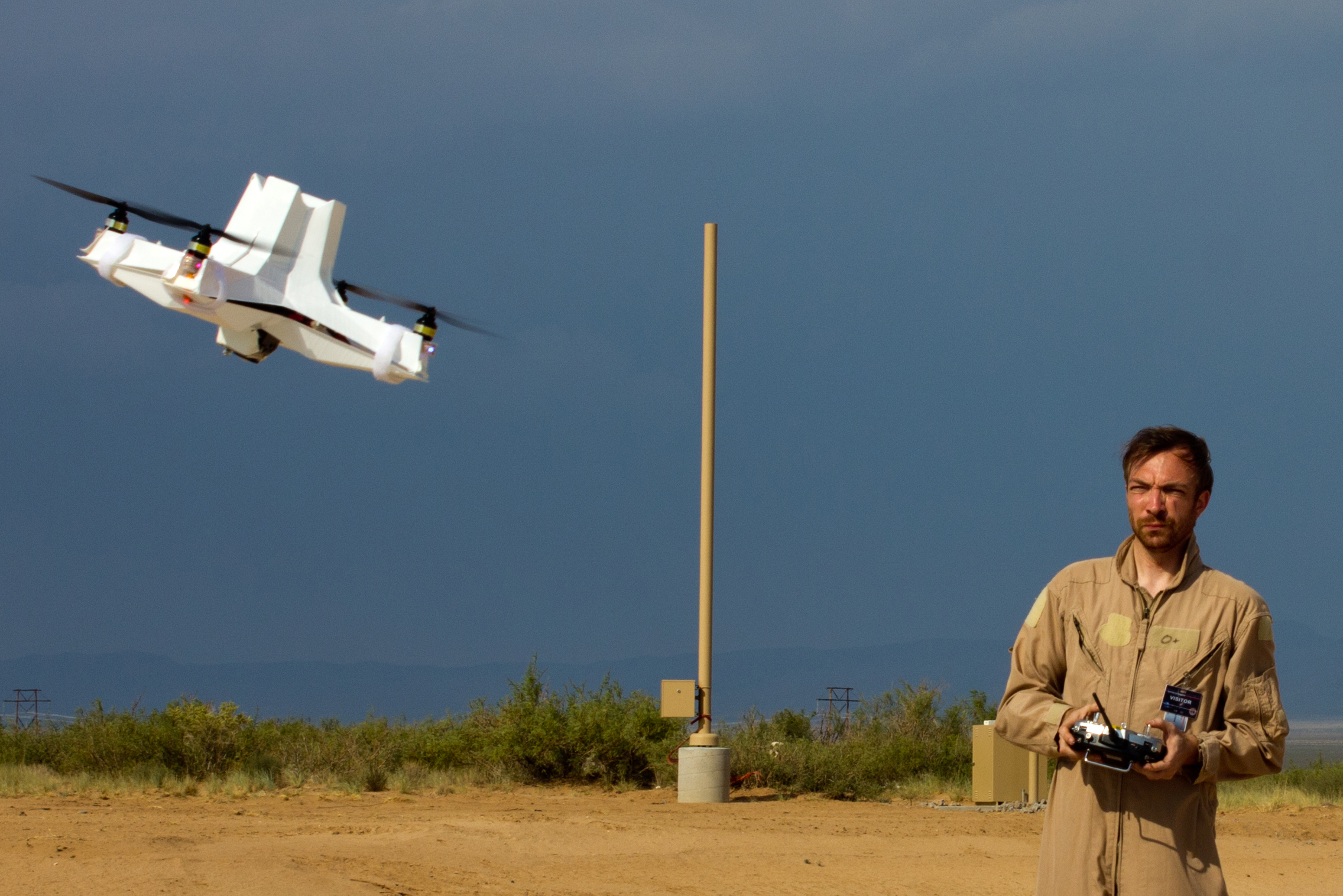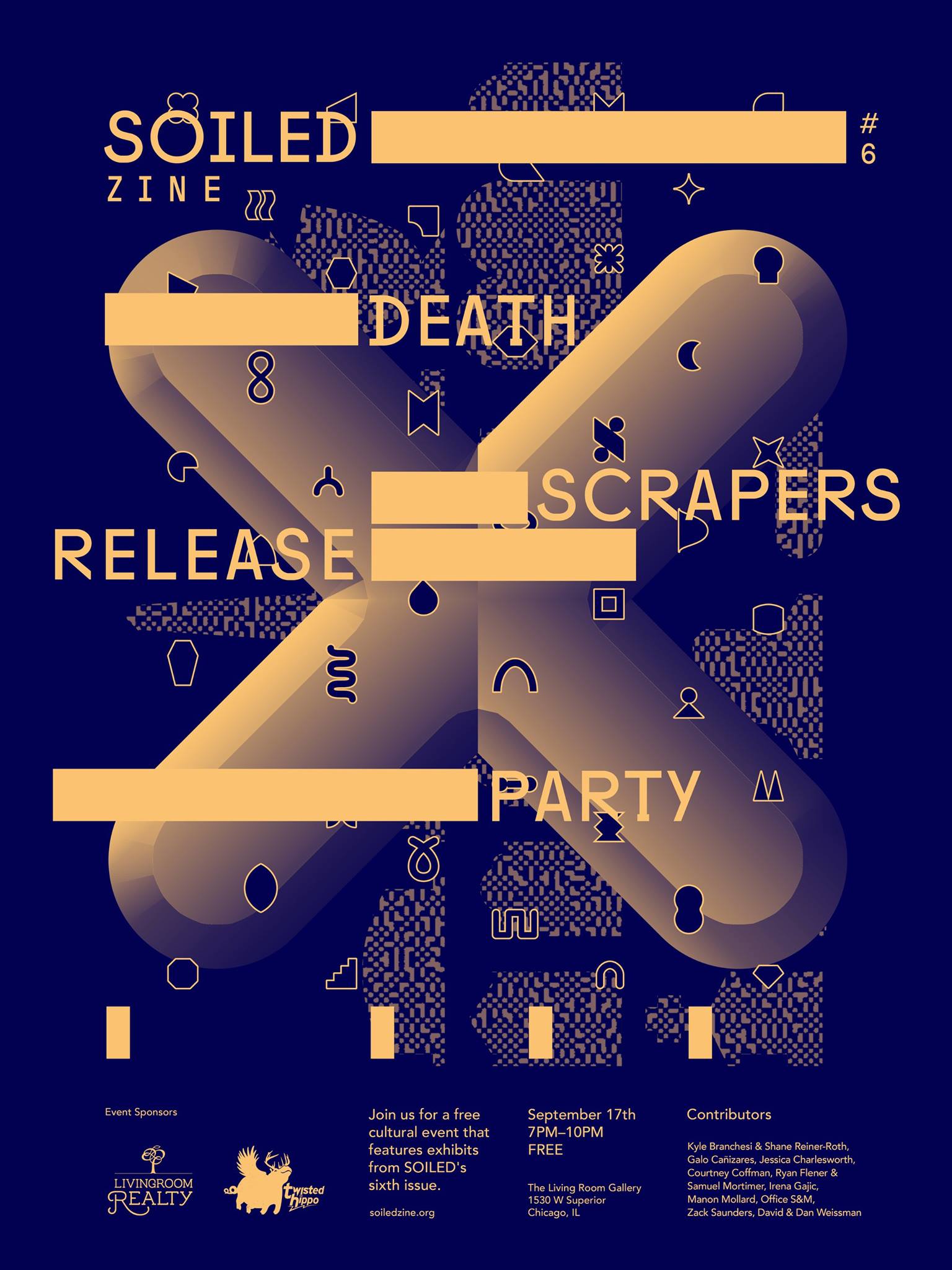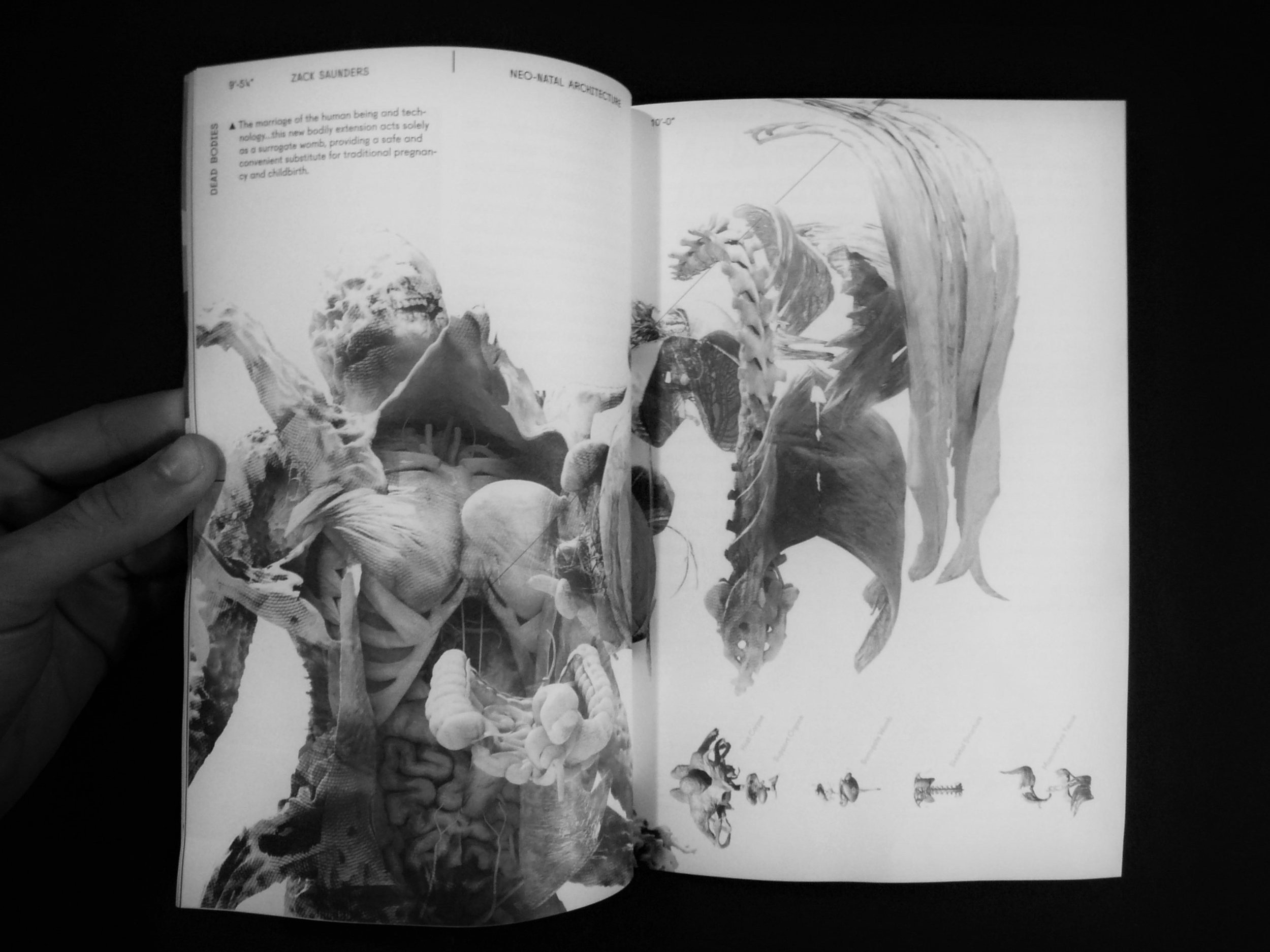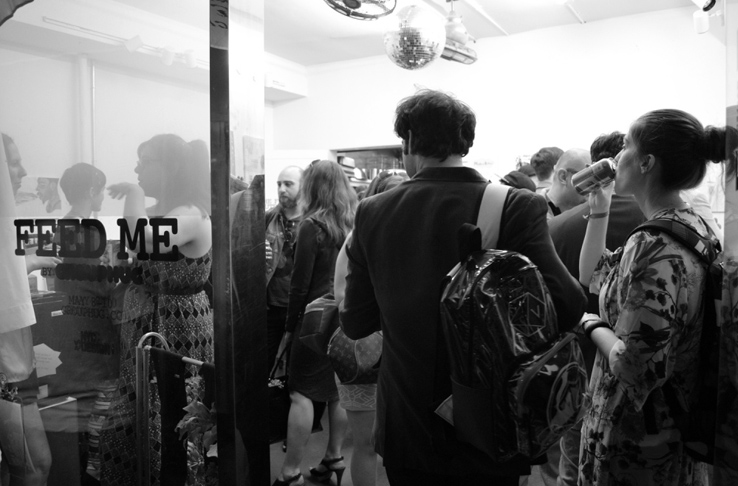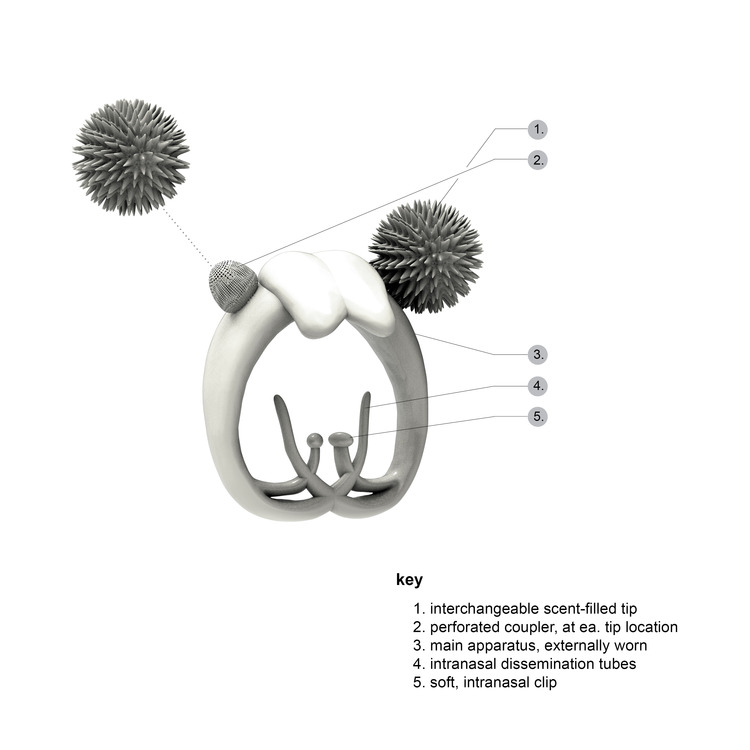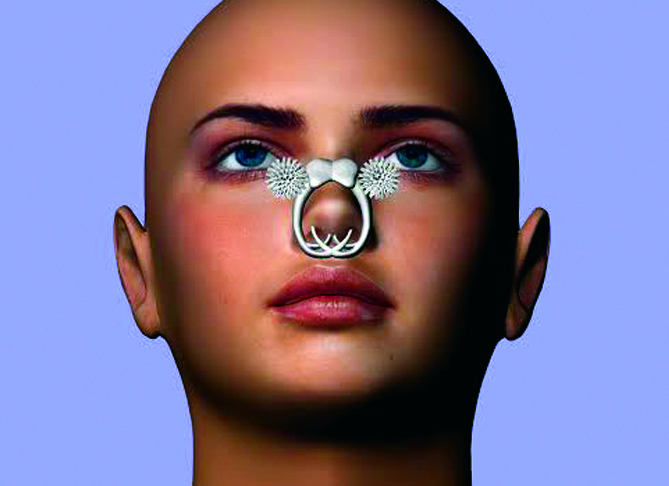aⁱe³ | the ai edit™ 3: extremophilic
‘Extremophilic’ refers to organisms (extremophiles) which adapt to live in harsh environments, such as those with extreme temperature, pressure and radiation. Climate change and extreme weather conditions are actively altering the planet in ways that we are only beginning to understand - one thing is certain however, the status quo must change if we are to navigate this new world effectively.
This series argues for the urgent need to rethink our built environment, freed from modernist dogmas including purity of form, cleanliness and sterility. We propose an architecture that is not too distant from the natural world in which it resides - one that can grow, take in and provide sustenance, and decay. The explorations here are often messy instead of pure, dirty and sometimes putrid instead of clean and sterile, and yet, they still read (mostly) as architectural in essence.
While we use generative AI as a means to bypass traditional training as an architect, and the deeply ingrained habits and tenets that accompanies such, the tool used is not the message.
© AO Studio, LLC. 2023.
![ARCH [or] studio](http://images.squarespace-cdn.com/content/v1/54581704e4b076d6c3dd5550/1415059522956-N3CWHXMCB8Q9WWHUYBHO/Arch-or-STUDIO.jpg?format=1000w)

